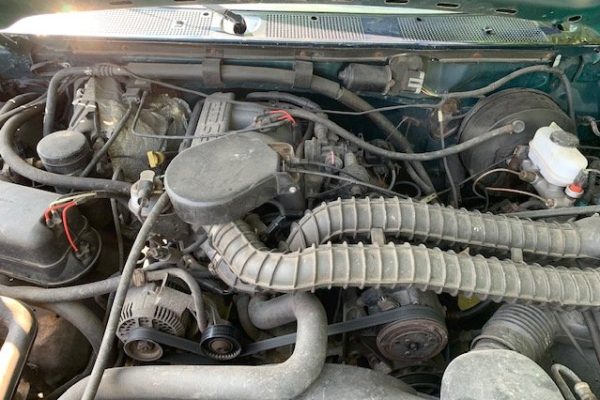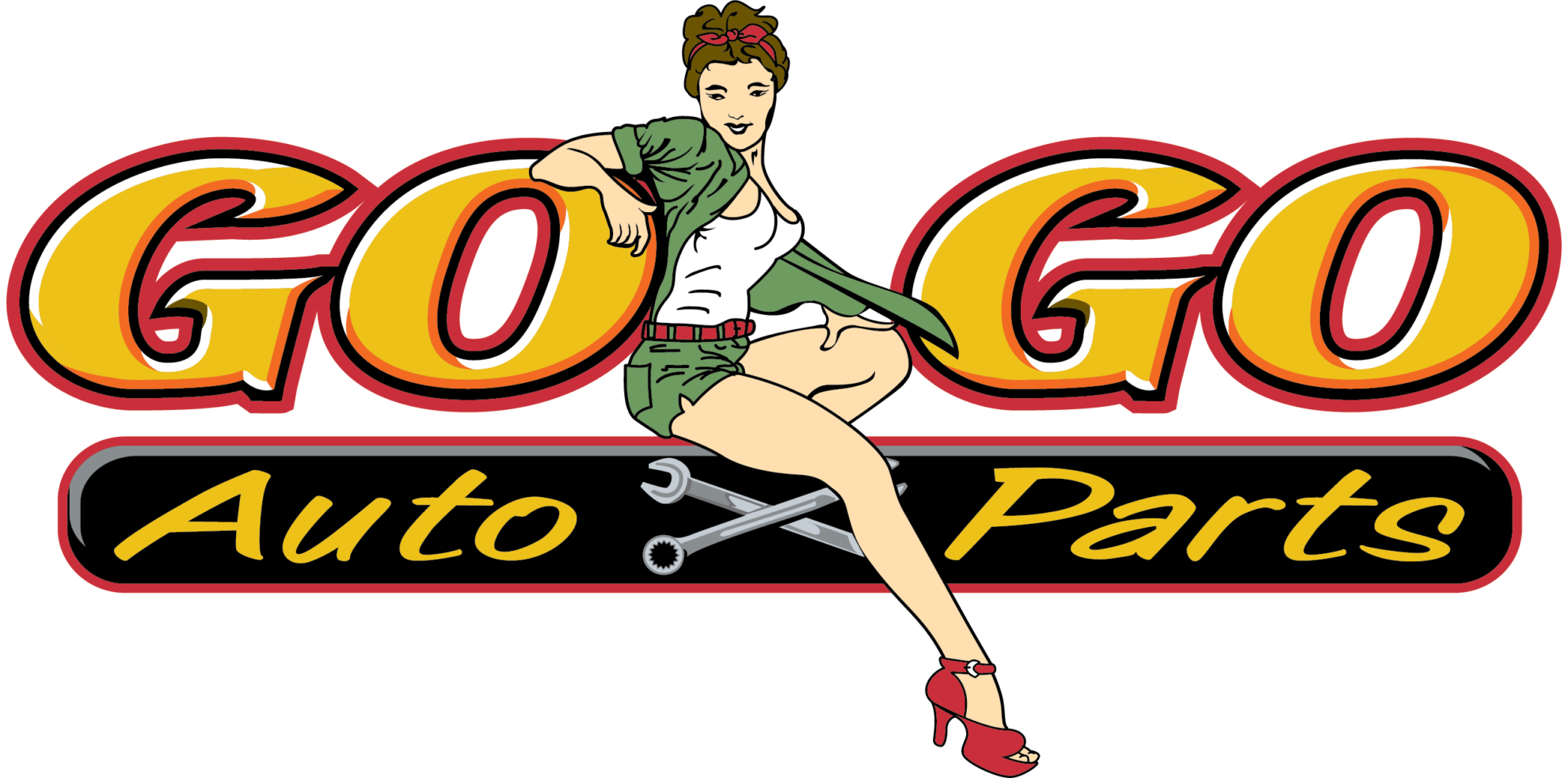The Modern Salvage Process
You’ve had an accident with your car. Following your initial shock of the accident and dealing with reporting and figuring out who is at fault, the insurance company takes over. Your beloved workhorse is then towed off to a storage lot or body shop, but what happens with your car from there?
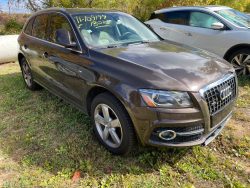
In this scenario, we are discussing a vehicle that will be a total loss, or totaled. The definition of a total loss varies widely depending on the value of the vehicle, the cost of repairs, and insurance companies’ policies and procedures. Not all wrecks result in a total loss, while other wrecks that seem rather innocuous can result in the vehicle being deemed a total loss. Capacity for repair is dependent on the value and condition of the vehicle.
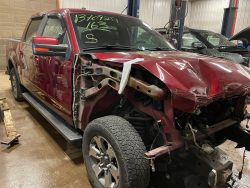
Following being towed off to the towing lot or body shop, your vehicle will then be assessed by an insurance adjuster, who will make good faith estimates as to the severity of the damage. If your vehicle shows only light damage, such as a cracked bumper or a broken headlight, the insurance company will approve labor to dismantle the vehicle further for closer inspection. While a cracked bumper or broken headlight may seem minor in the scope of vehicle accidents, there are often times other parts hidden behind the bumper or headlight that can be damaged. The damage to underlying components can sometimes be daunting, as these are often structural components of the vehicle. Bumper reinforcement bars, radiator core supports, and frame rails can sustain damage far and beyond what the naked eye can see.
The body shop will then write their own estimate on the vehicle which will include the initial damage seen by the insurance adjuster, along with any supplemental damage found after dismantling the affected area for closer inspection. The supplemental estimates are usually where a minor accident can turn in to a total loss. If the vehicle is then deemed a total loss, you send the insurance company your title, the insurance company will pay out their portion of the claim and then they will take possession of the vehicle. That’s where Automotive Recyclers take over.
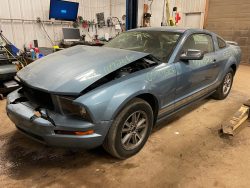
Sometimes your insurance company will have a contract with local junk yards to purchase salvage vehicles at their market value. The market value of the vehicle following an accident varies greatly according to the type of vehicle, severity of the damage, and which parts are salvageable on it. After the paperwork has been processed through your insurance company, they will dispatch us to pick your vehicle up from the towing yard or body shop. We then pick up the vehicle and bring it to our facility to be dismantled for parts. In years past, the vehicle would be sold to a scrap metal recycler to be shredded in to recycled steel and iron. In this modern era, used auto parts can give life to someone else’s wrecked or mechanically damaged vehicle.
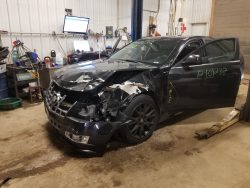
Your vehicle will then be inventoried. When we inventory a vehicle, we take note of all of the good parts on it, including starting the engine, testing the electrical systems, and assessing the condition of any good body panels that are left on it. Good parts are assigned a part number and entered in to our computerized inventory and priced according to condition and market value. We remove the tires from the car, drain all fluids, remove the battery, and ensure that hybrid systems are disabled and safe. Modern vehicles have literally thousands of components and several different variations of those components. Some vehicles have in upwards of 25 different radio options that all take different radio receiver modules! In a normal situation, we inventory around 150-200 individual parts or assemblies per vehicle, but that number can vary widely depending on the variables of damage. Every wreck is different. Parts that are not salvageable are removed from the vehicle and separated for recycling; nothing goes in the trash.
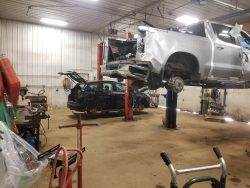
After inventory, the vehicle moves to the dismantling department. Our team of professional dismantlers will remove usable components from the vehicle and catalog them in to locations within our warehouse for storage. Engines, transmissions, modules, radios, tail lights, bumpers, and seats are removed, leaving an almost bare hulk of a car for miscellaneous parts. Even damaged body panels can have value in small lamps, door handles, glass, latches, or mouldings. A damaged truck bed can have some value in body sections as well.
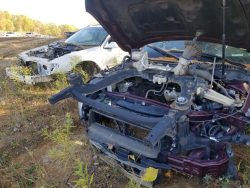
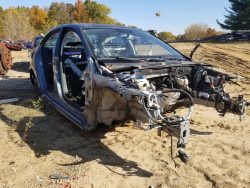
The useful life of a vehicle in the yard is, on average, about three years. After the vehicle has sold a majority of its components, it is then moved off to scrap. Any recyclable metals, such as copper, aluminum, or cast iron are separated from the hulk of the car. Wiring is removed, any leftover good parts can be removed and shelved, and a final inspection of the vehicle is performed before it is scrapped. Several recyclers have an in-house crusher that is used to flatten the car to a manageable shape so it can be stored in a holding lot to be sold to a metal recycler at a later date. It’s very common for auto recyclers to hold crushed cars for months, even years in some cases.
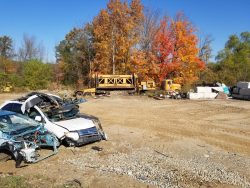
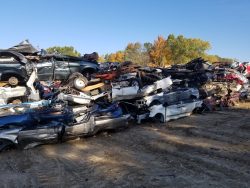
Your car has now gone on to live a second and third life, and beyond. Nothing in the recycling industry is wasted, everything goes to good use or is recycled. Trust Go Go Auto Parts to take great care of your vehicle in its afterlife!
